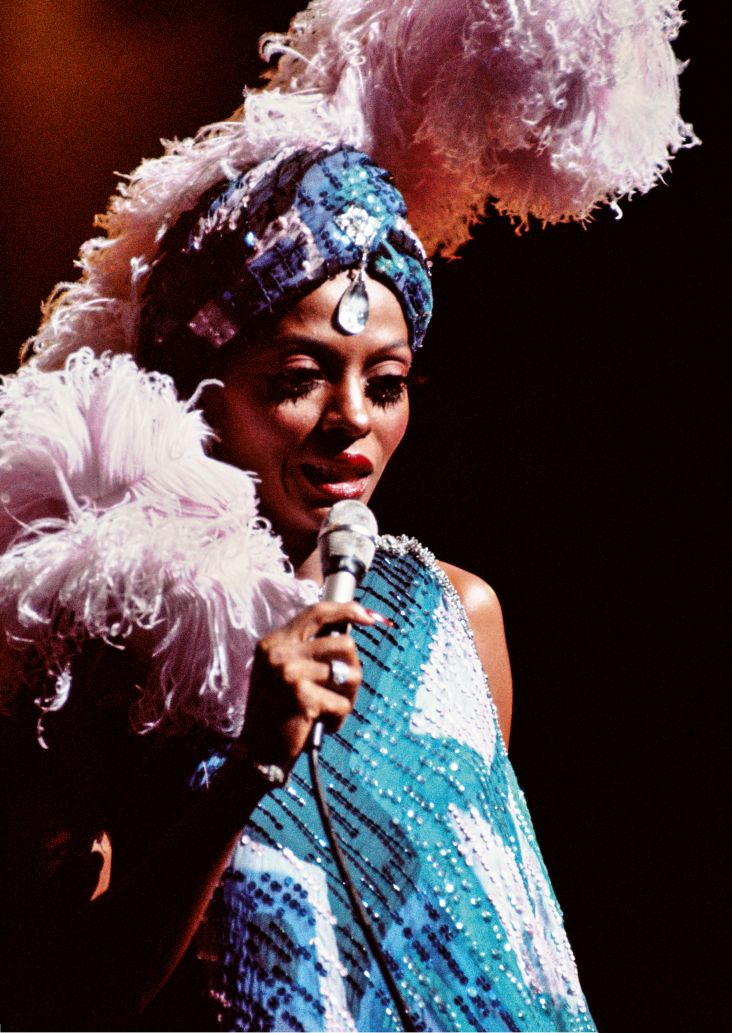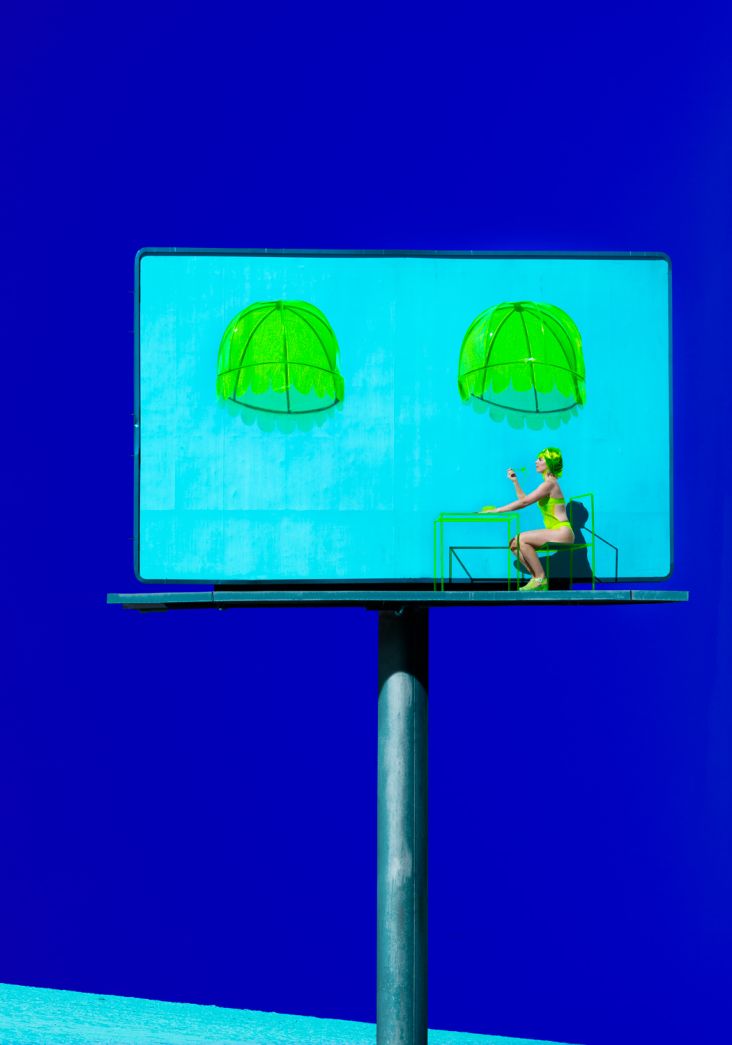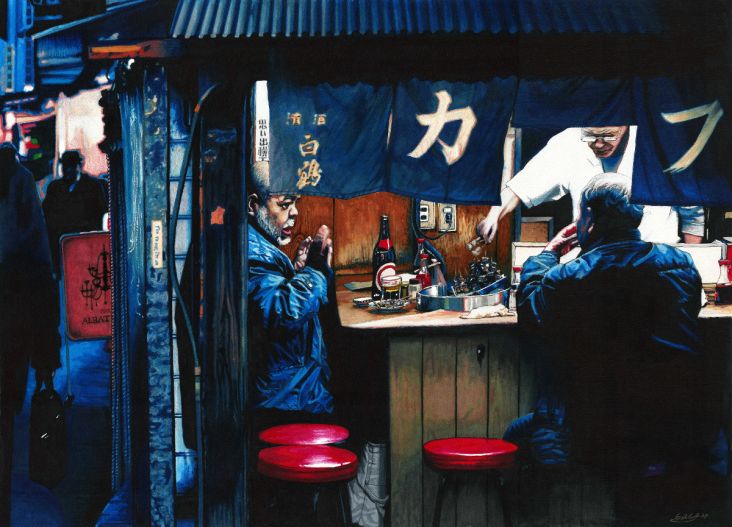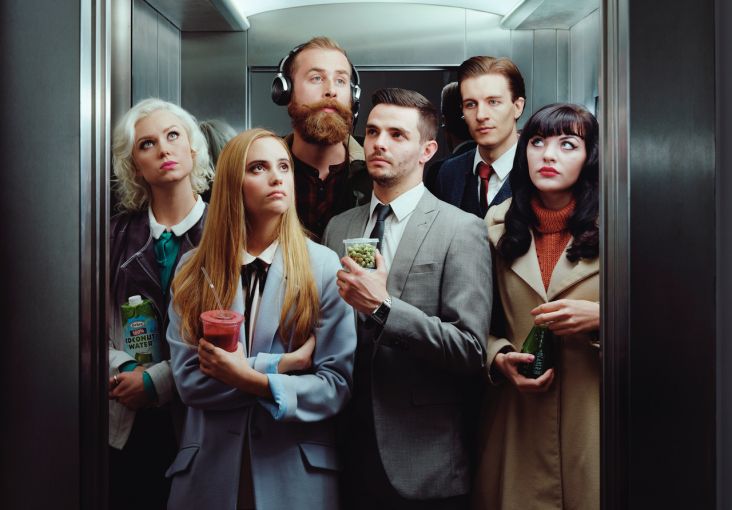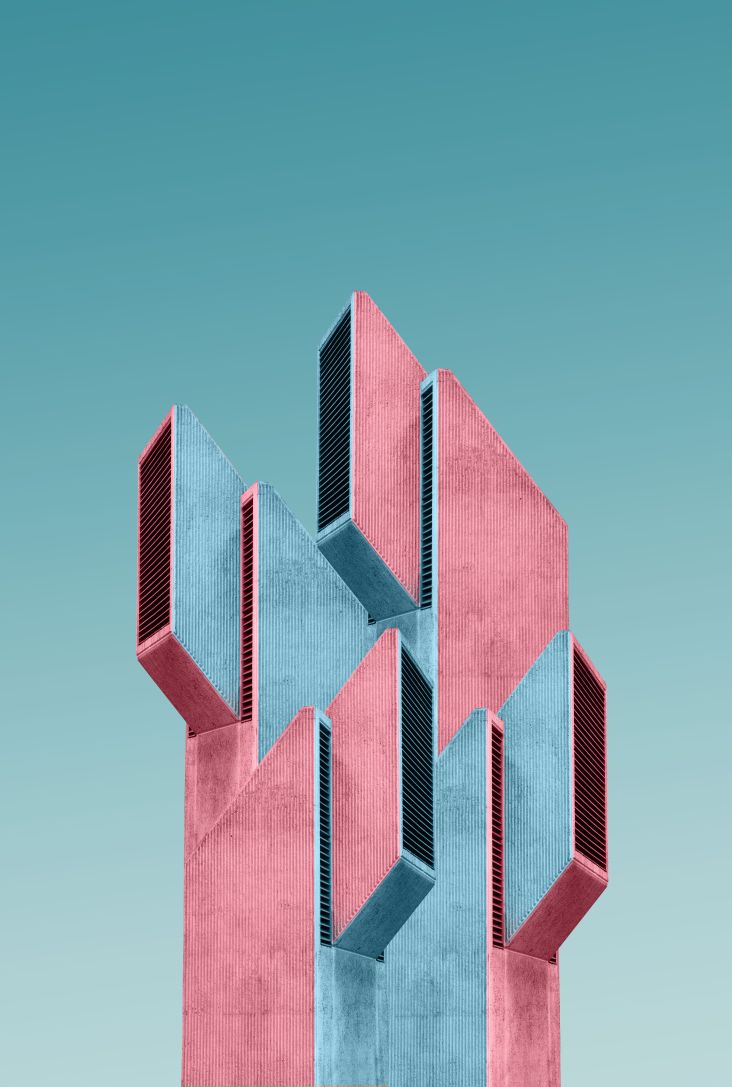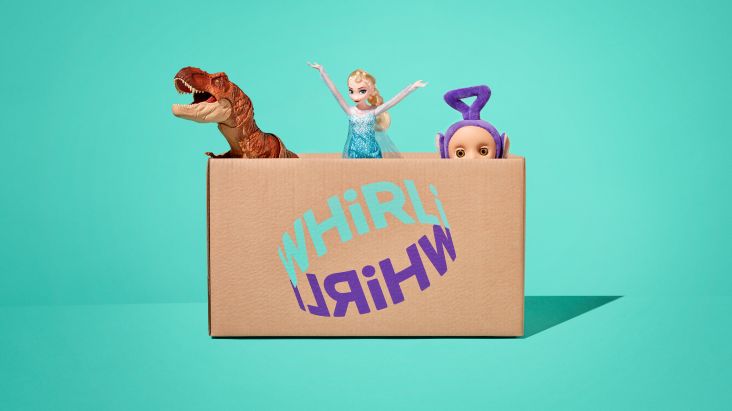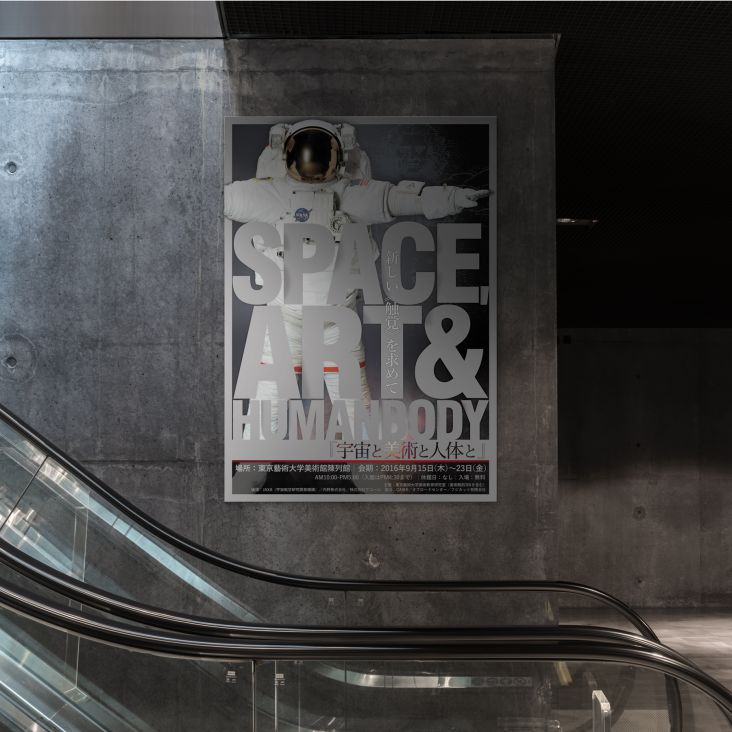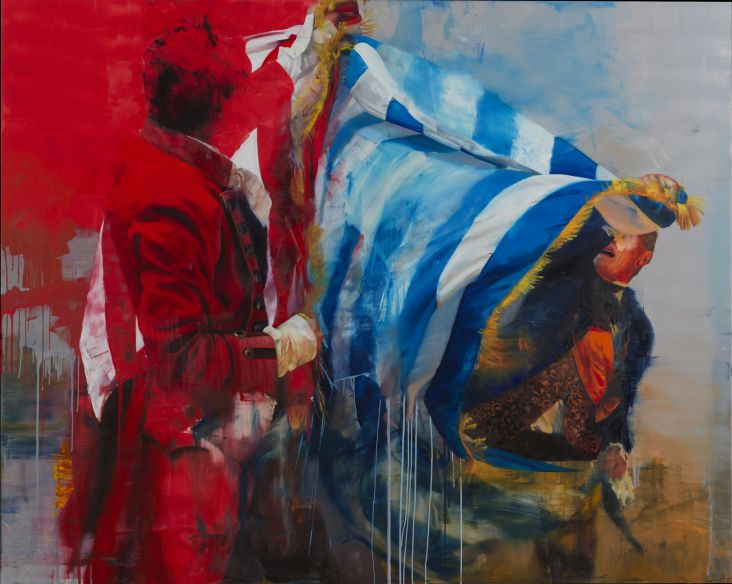Harry Pearce of Pentagram on his rebrand for John Lewis Partnership
Harry Pearce joined Pentagram’s London office as a partner in 2006 having co-founded and grown Lippa Pearce to become one of the UK’s most respected design agencies over the previous 16 years.
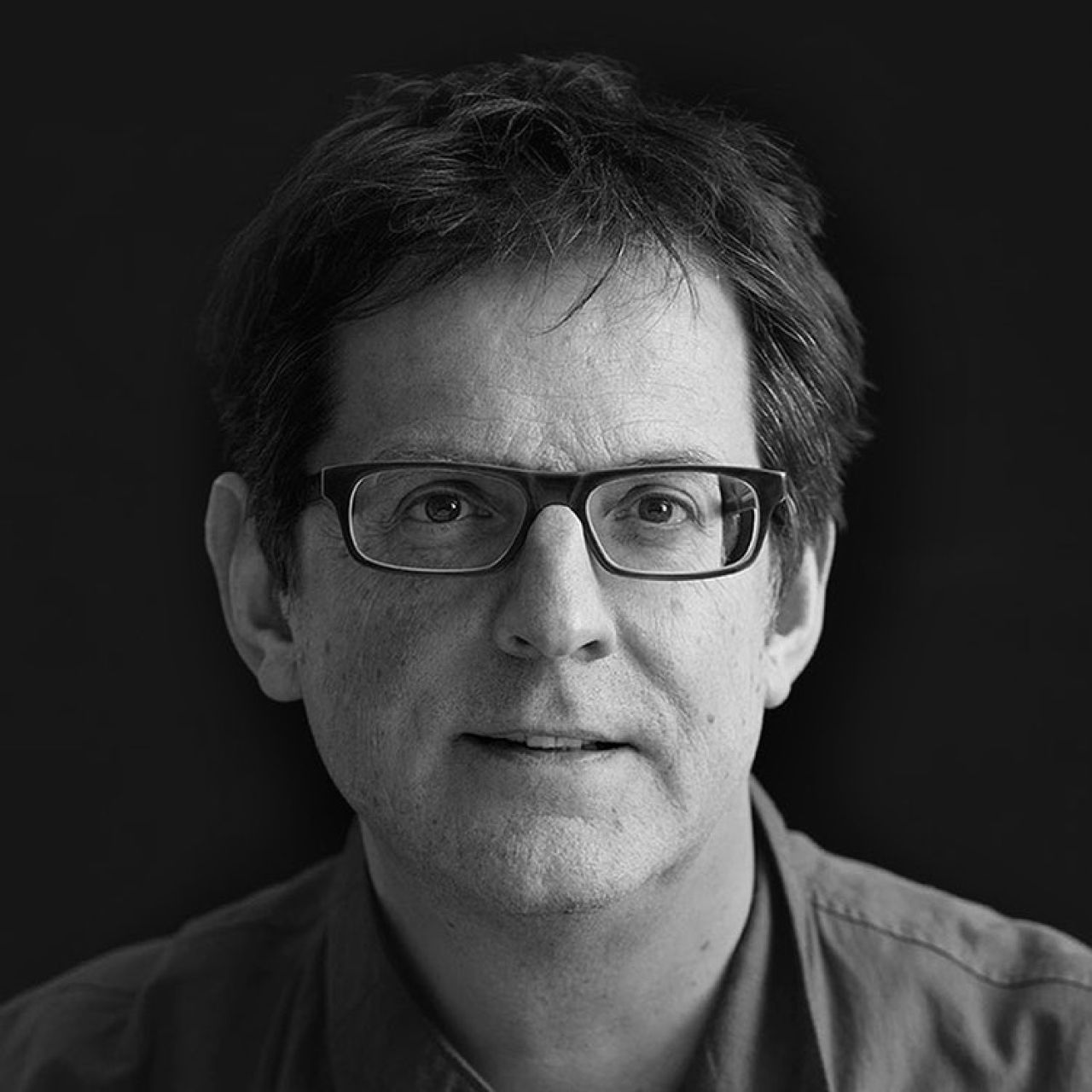
Working in both the public and private sectors, local and global charities, and commercial enterprises, his diverse clients include Royal Academy of Arts, Abu Dhabi cultural quarter, Berry Bros & Rudd, Phaidon Press, Pink Floyd Records, Saks Fifth Avenue, Lloyd’s of London, The Old Vic, PEN International, Science Museum and the UN. For Ai Weiwei and Anish Kapoor, he created identities for their major retrospectives at the RA.
Aside from Pentagram, Harry is a member of Alliance Graphique Internationale and sits on the advisory board for WITNESS – the human rights charity founded by Peter Gabriel.
On the back of his very recent rebrand for John Lewis Partnership, we spent half an hour chatting with Harry about the three-year project as well as designing with truth, career highlights and some very helpful advice for those just starting out in design.
We have to begin with your recent rebrand for the John Lewis Partnership. Can you talk us through some of the highlights?
It's one of those projects that started very slowly. There was a lot of discussion and examination as to why this was even the right thing to do. The idea of actually ratifying the Partners into the logotype was something that came from John Lewis themselves, from their own exploration into the spirit and magic of the company. So that was a real gift handed to us.
Some of the deeper research, digging into the design past of all three brands, that was vital. Looking through the archives and just finding this wonderful material that has been in the British psyche for so long, but to bring it back to life and reuse it, was special.
Another great moment was when we recently (pre-launch) wrapped the whole of the Oxford Street store in the original 1960’s pattern which we had taken to create the brand lines idea. But we couldn't say anything at the time, so it was a lovely tongue-and-cheek thing that was happening on an enormous scale. You know, we've kept this whole project secret for many years.
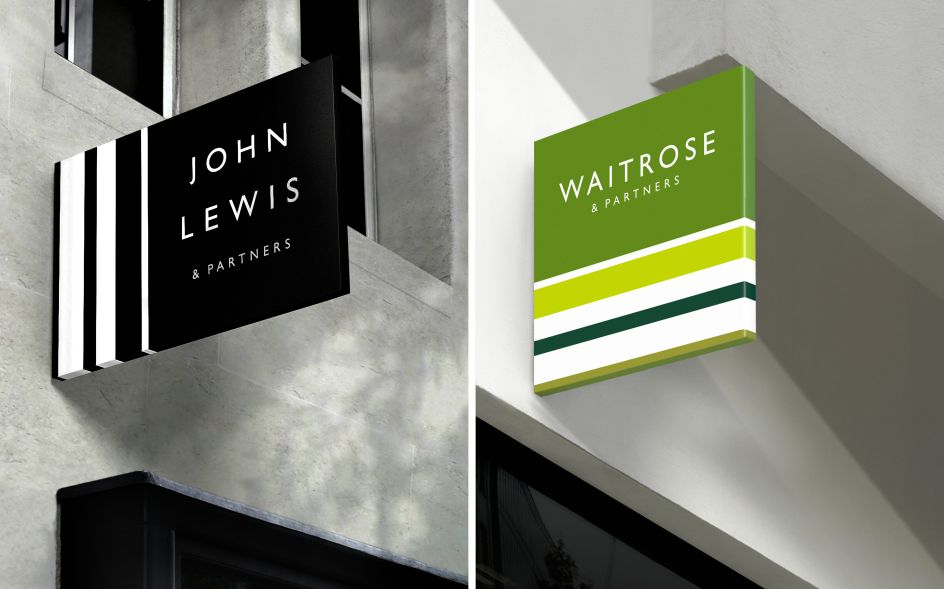
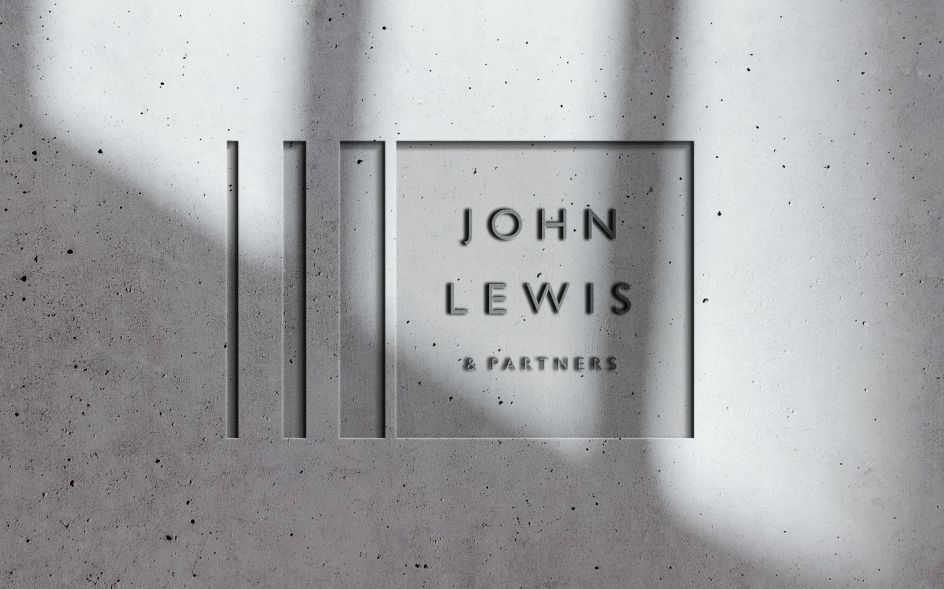
We think it's a clever yet subtle rebrand of a much-loved household name. Do you have any favourite aspects to the system that you've produced?
It would have to be the brand lines logotypes that will be forever changing. You've probably seen them on all the lorries, whether they're John Lewis or Waitrose, we've got a certain version of the pattern which locks into the John Lewis logo and gives space for the Waitrose logo. But the pattern-making goes a lot deeper than just the identity because it comes from the collective history of these brands.
Another agency, Bryson Loxley, came in and created a whole series of extra patterns, beyond what we'd made at Pentagram. That's when it starts to go from identity work into real living objects and many other things, such as Christmas hamper boxes. This is really fulfilling, as I hope the system will get reused again and again, twisted and spun around and a lot of other people can make things of that, way beyond what we set out as the baseline.
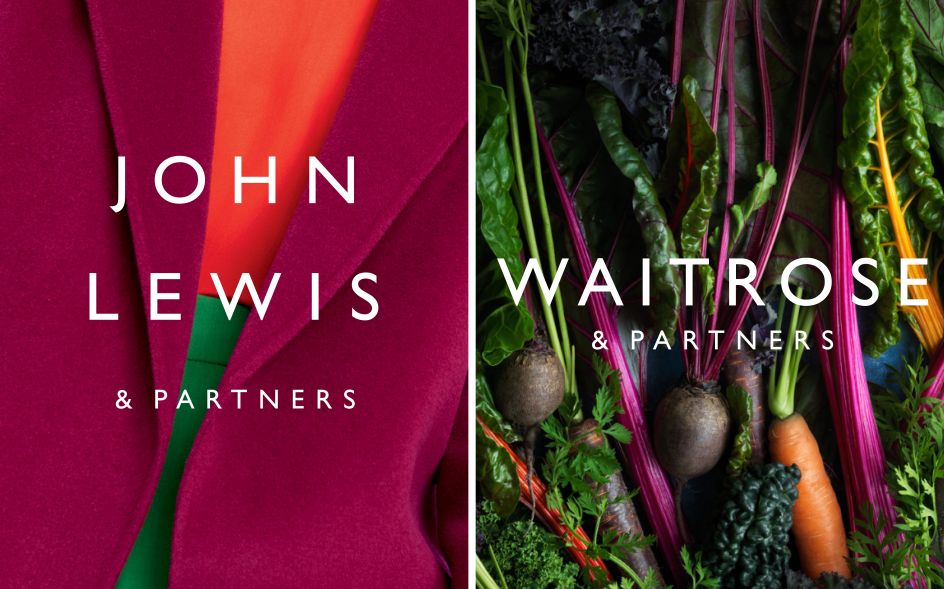
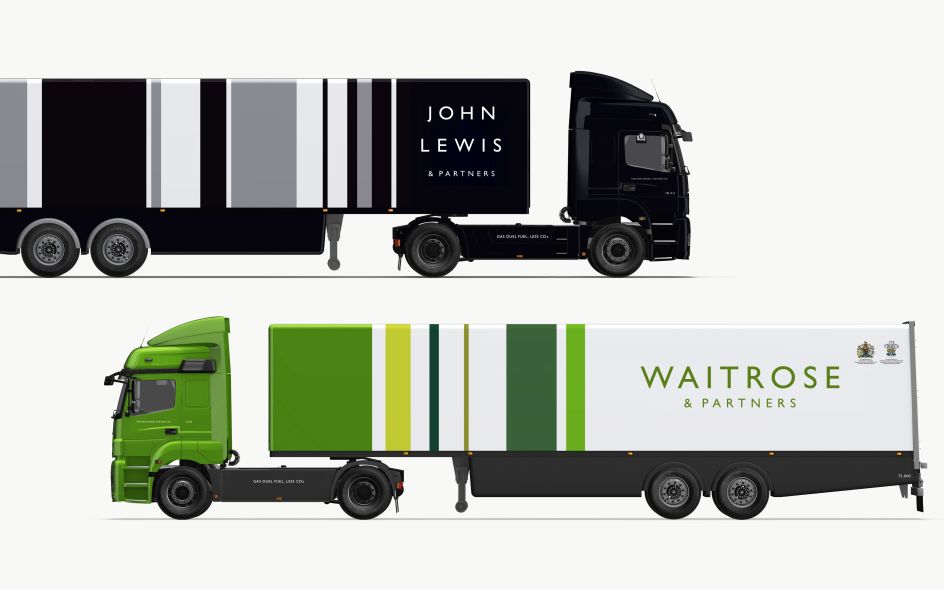
John Lewis has always been known for its "Never Knowingly Undersold". Is that something that still sits with the brand?
Absolutely. That remains to be a pillar of the business. We've incorporated this statement into some of the typography and it will continue to be one of the brand's underlying offers.
So why have they chosen this new route with the Partners? Why have they never really shouted about it before?
With Paula Nickolds taking over the helm at John Lewis and an ever-closer relationship with Waitrose, sharing thoughts and ideas, conversations obviously began and there was a realisation of what an extraordinary group of people this partnership actually makes.
I think it felt like the right time to bring this semi-buried story to the surface. As consumers, we were probably aware of it but is good it has been made clear. Plus, John Lewis and Waitrose own something that other brands just cannot claim. It's the truth. It's not invented. It's a beautiful absolute that's been there for so long, it was a gift for Pentagram to work with.
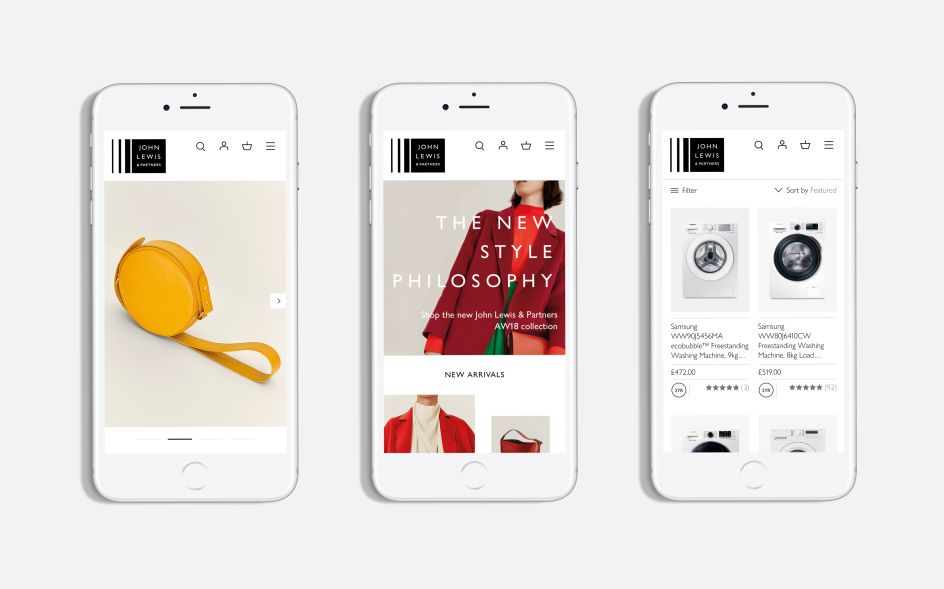

And how have the Partners reacted to the new brand?
People have been responding amazingly. It's a very satisfying thing that the partnership itself is overjoyed with the rebrand. Let alone what the design community or anyone else thinks, it's the partnership that ultimately counts. If it hadn't united the Partnership or stood up to the scrutiny of the company, then this thing would have fallen very badly short. But it's been the complete reverse, thank goodness.
And the wider design community?
When this launched, I turned all my social media off. Instagram, Twitter... I've not looked. I've been told the reaction has been positive. But I know there's the other side of the coin too. I just don't want to engage. The team have put their hearts into it for years, I hope it’s received that way.
I don't think Twitter is the right platform to criticise other people's work. I feel it's too shallow and dismissive. Particularly when there have been three years of blood, sweat and tears...
Yes, and can you imagine what it's been like to bring three institutions together in one idea and find a system that can be as flexible as it needs to be. The sheer breadth of the offerings – product and services are so varied... how do you make a fashion statement on the one hand and sell a lamp on the other? We had to find the integrity for the brand to shine through while selling food, clothes, washing machines and pillow cases as well as communicating with 83,000 people in the Partnership.
We have been sitting in the meeting rooms of these three companies for years, working to draw all these pieces together and build a system that's inclusive but also very flexible. As a jigsaw that you've got to try and build, a logo can often belie the ideas and layers that sit beneath it.
Do you ever get tired of these design projects?
Well, I did my degree at the University for the Creative Arts at Canterbury and I've been designing ever since. What's lovely is that every project is so profoundly different. One minute I'm working with galleries, the next I'm in the music business, the next minute – retail and then theatre or something. Equally dropping into very different cultures around the world you end up in such different place and have to learn so much so quickly, there's a lovely energy that never wanes. I just love it.
I evermore try to push my work into many different territories, keeping it fresh, and challenging. But no, I might be exhausted right now. But I never get tired of design projects.
With John Lewis & Partners and Waitrose & Partners, it's been three years, dawn to dusk – it's been absolutely relentless. And what we've been able to release in the last few days is only scratching the surface, it's just the beginning. There'll be many parts of the story yet to come.
What's been the key takeaway?
Firstly, and most importantly, the Pentagram team around me. They have been completely dedicated, patient and so often inspired. Equally, the client teams have made this feel like one big trusting family. Trust between the client and designer is really necessary for any hope of a brave outcome.
On the design side of this project, it's ratified my belief in working with authenticity. I've always tried to hunt for a truth in my work. It’s not always about inventing new material, often you're taking what exists and turning it into a really new useful visual system. For John Lewis & Waitrose, I hope we’ve been able to build something that's strong because the brand's story is indeed strong and truthful. That's a vital thing for brands. Strong narratives on a solid foundation.
When we created the identity for the Royal Academy we uncovered amazing archival sources to plunder and reinvent. The same for Berry Bros & Rudd, and the Old Vic. For the Pink Floyd identity last year, we reused things that were already in existence.
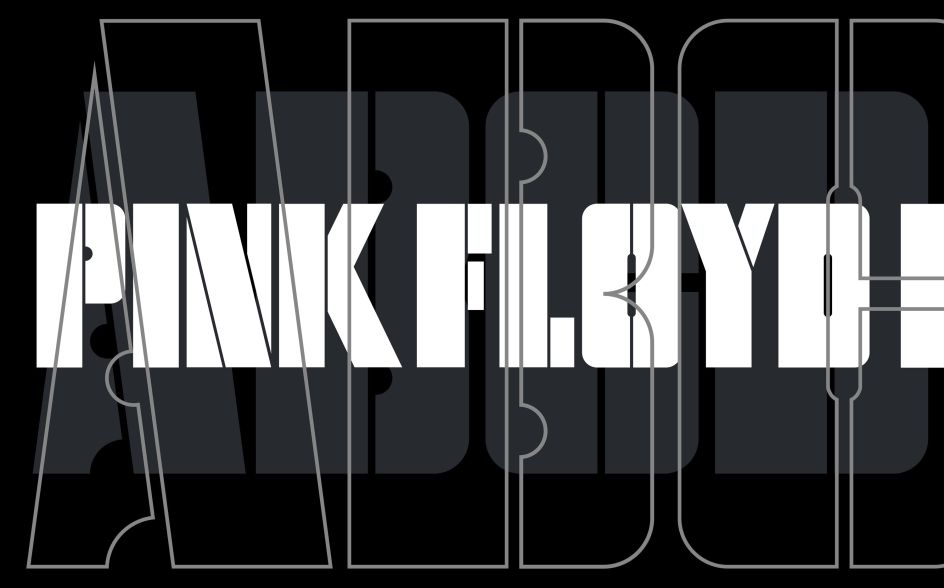

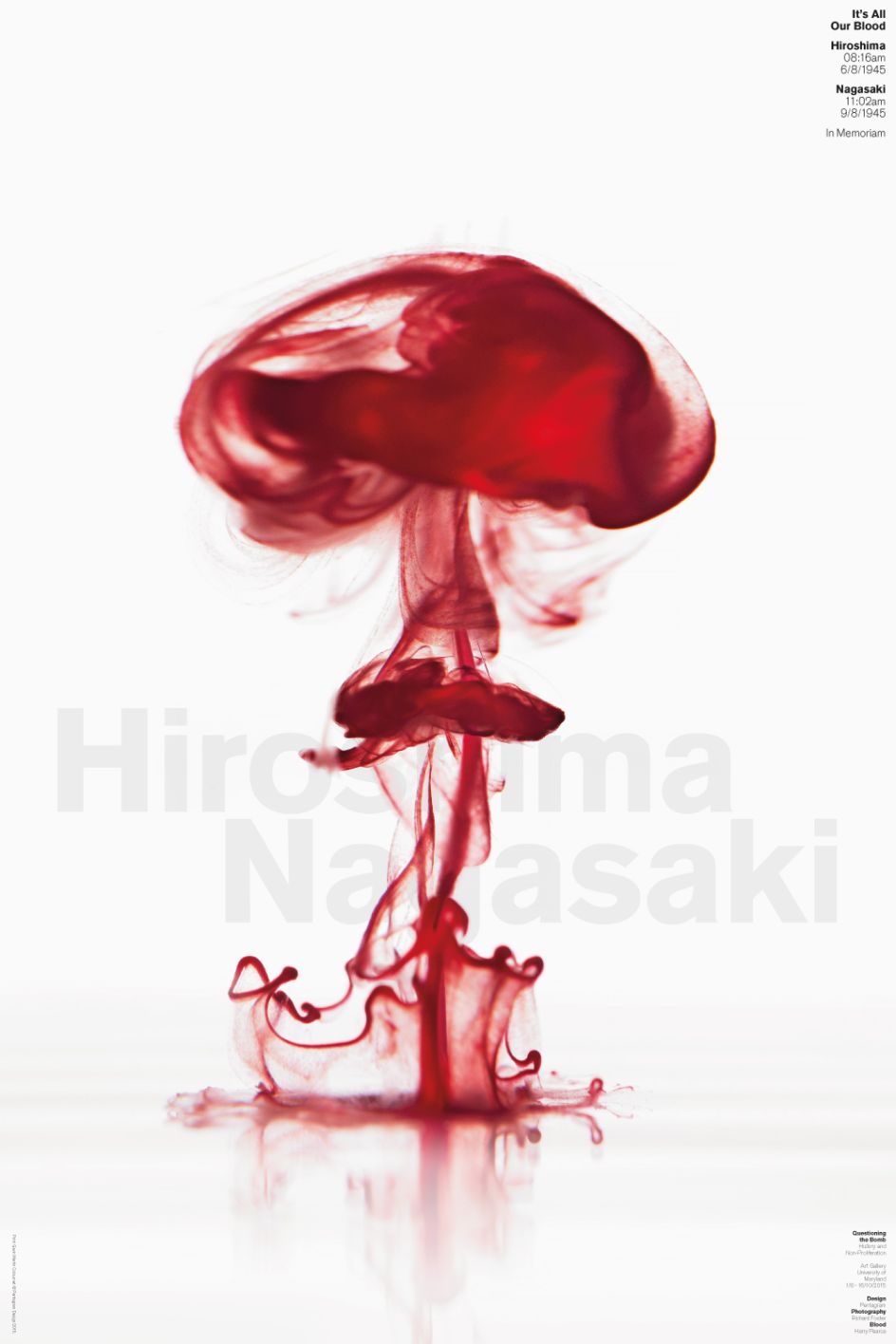
Alongside uncovering the truth, you're passionate about human rights and doing some good in the world. Tell us more.
It all goes back to my time at University for the Creative Arts in Canterbury. I was passionate about animal welfare, and I had got a partial grant for my degree. I rang my parents and said, "look, I'm going to give my grant to International Fund for Animal Welfare” And my parents were just horrified and they said, "wouldn't it be better to stay in college, get your degree and then get a career that would be able to make a sustained difference, probably better than the small amount of cash I was giving the cash away now?"
Of course, at the time, I was pretty disgruntled about it all. But looking back, they were so right because now it's something I’ve been able to sustain through my career. In 1980, Peter Gabriel released a very moving song called Biko, which is about the killing in 1977 of Steve Biko in South Africa. I can remember getting the single and hearing it, and just being changed. Peter has balanced his life between creativity and conscience.
As a teenager, it solidified a thought in me. I wondered, could I in some way lead a creative life and simultaneously do further things of conscience with my creativity? To be able to make a living through design is a profound privilege, I think also that comes with a responsibility, I wanted to balance it all out.
Our work with Peter’s WITNESS has run for 22 years or more. Often members of our team can be working Po Bono for weeks at a time – we are able to give great support.
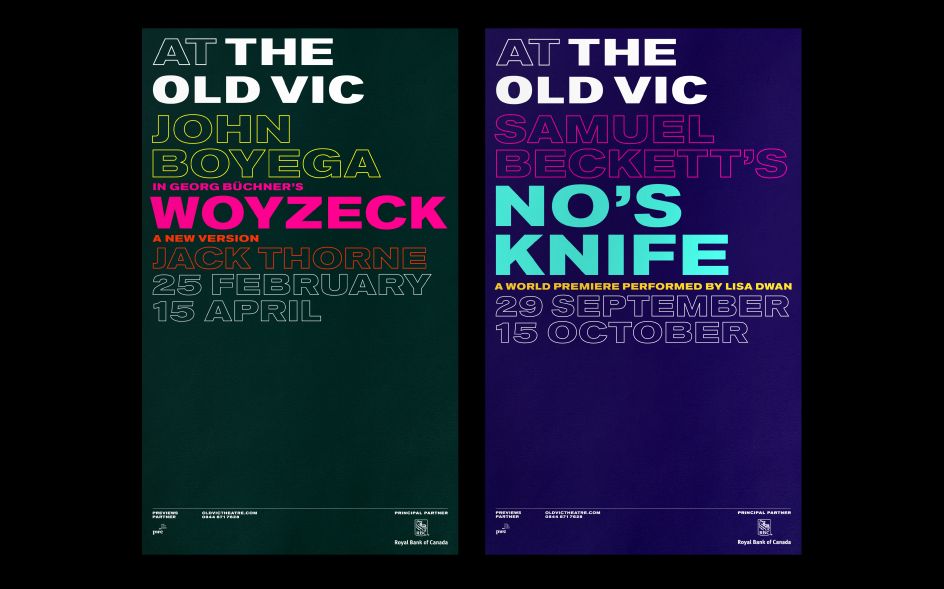
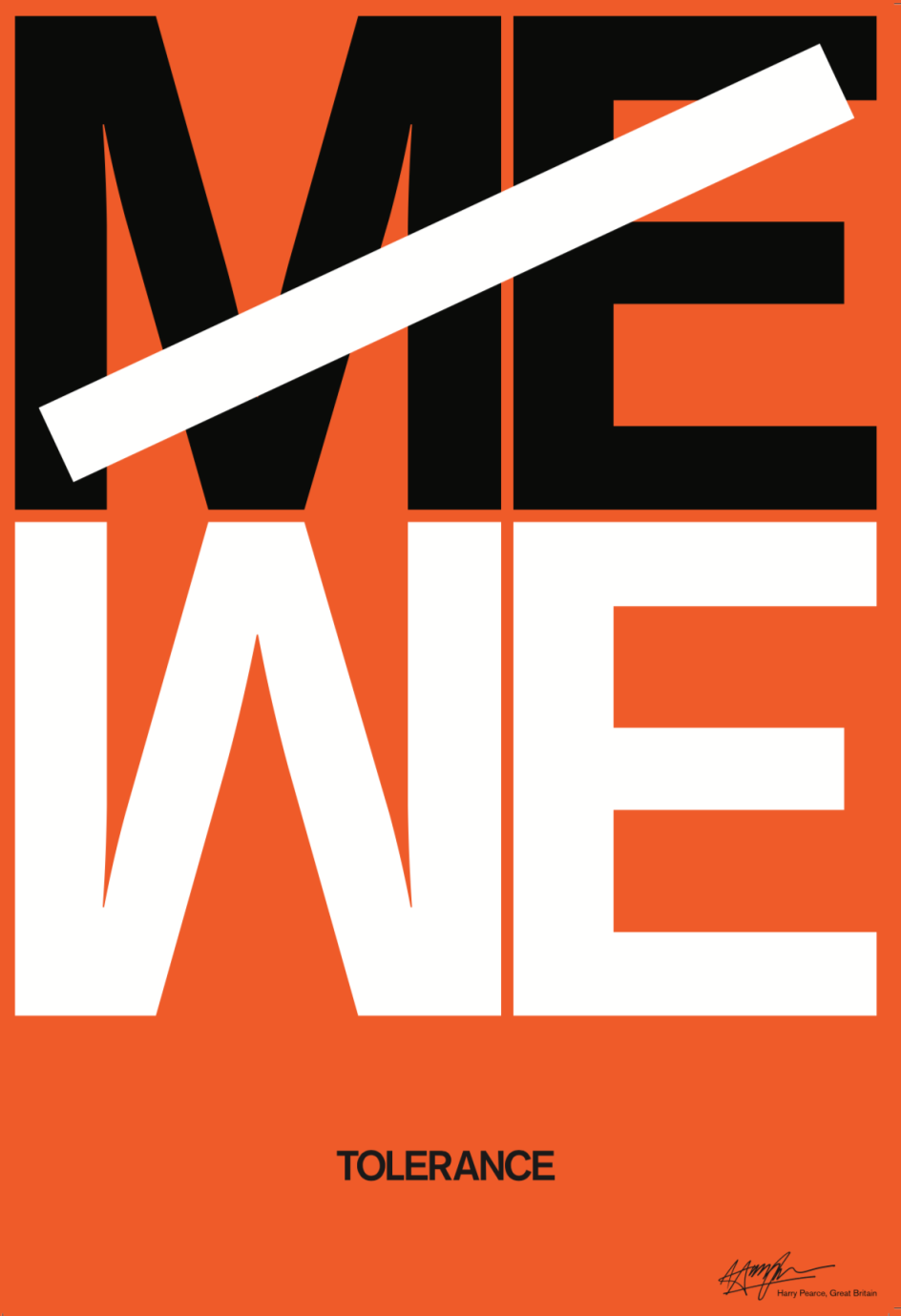
It's clear your passionate about what you do. What wisdom can you share with those just starting out?
Get closer to the things you care about and the people you admire. Because if you get close to those worlds, something rubs off. You can discover and watch how people make their way in the world and in their careers.
Of course, it's really hard to understand at first how to go forward in the design industry. I look around and there's a lot that utterly inspires me, but a lot that saddens me too. The sometimes-trivial nature of what goes on. I find that really weighs heavily. You know a lot of people are out there just using design to make nothing but money. We have a responsibility whilst filling the world with our creativity. We are deeply affecting our cultures, and that should not be taken lightly.
If you care about these things, get closer to the people who are operating in the same way. And extend that fraternity because it's where you can see and learn and find your path and eventually belong.
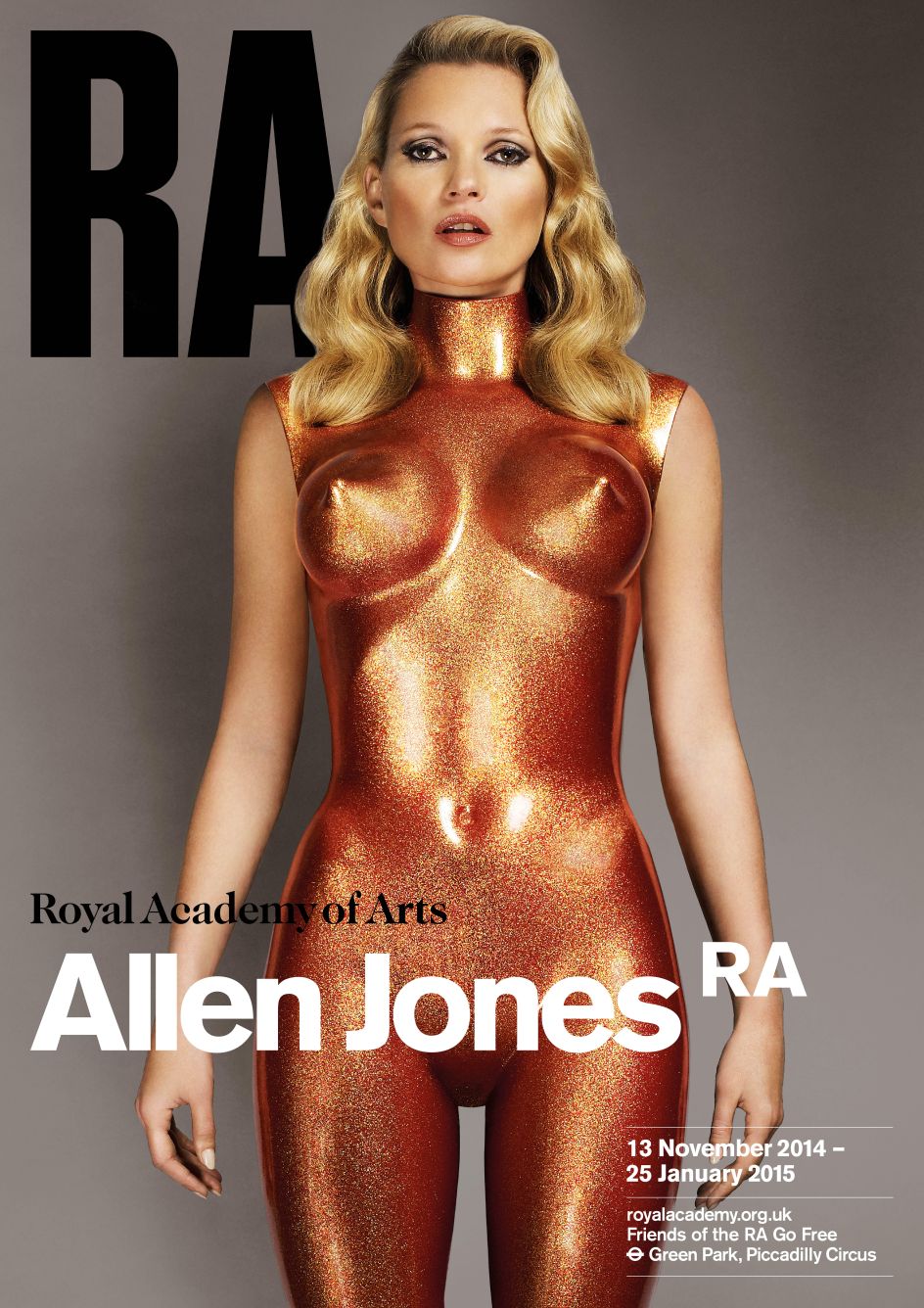
Is there anything that's surprised you lately?
I'm seeing some wonderful small studios and individuals making their way in this ever change the world of design and the quality of their work is just extraordinary. People come into Pentagram with portfolios all the time and I meet young designers at talks all over the world, and they just want to chat about design. The passion, the care they have, is heart-warming.
Collaboration is also something that continues to surprise me. A year ago we worked with Karel Martens, and we have started another project together in London. He's stuck to his craft really quietly all his life and is a real master. He's at the other end of his career, yet just a vital and inspiring as any new kid on the block and We’re so enjoying working with him. He and I have become very, very close. And I'm learning so much from the experience.
I'm working on a new book at the moment about Duchamp and I showed Karel the concepts and he spotted some things that I just couldn't see. Things that have helped refine my book. Collaboration is just magical.
Of course, this job allows you to be close to many different types of businesses, people and cultures. I think being open and generous is key. You can grow continuously if you're open. If you get closed and critical that leads to a very narrow path. If you're open, generous, willing to learn and collaborate, the pleasure and the growth never go away. I think the world is starting to realise that too, don't you?




 by Tüpokompanii](https://www.creativeboom.com/upload/articles/58/58684538770fb5b428dc1882f7a732f153500153_732.jpg)


 using <a href="https://www.ohnotype.co/fonts/obviously" target="_blank">Obviously</a> by Oh No Type Co., Art Director, Brand & Creative—Spotify](https://www.creativeboom.com/upload/articles/6e/6ed31eddc26fa563f213fc76d6993dab9231ffe4_732.jpg)








